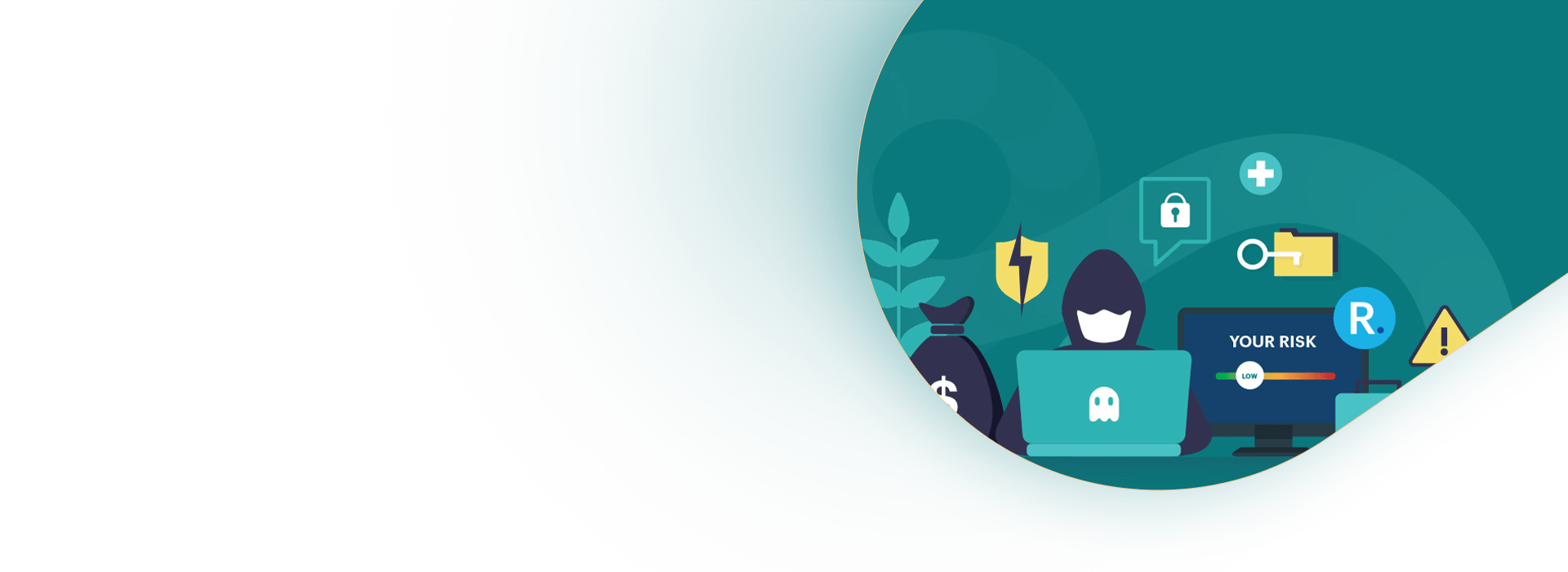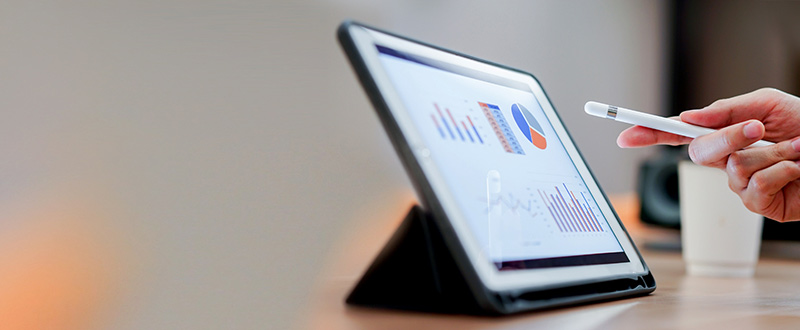The HSE Attack
In May 2021, Ireland’s Safety Executive was forced to shut down its entire IT system following a crippling ransomware attack, focused on accessing data stored on its central servers. Staff scrambled to deal with the situation by reverting to a paper-based system. In some areas, the number of appointments dropped by almost 80% in the days after the attack. Cobalt strike beacon, a tool that gives remote access to hackers was found in the HSE’s IT systems. This enabled the threat actors to move within the computer and execute their malware. The hackers deployed a form of ransomware known as Conti, which NHS Digital defined as an advanced tool that affects all Microsoft Windows versions and uses a unique routine to identify and encrypt files rapidly.
Why Target Healthcare Organisations?
Outside of the cyber-attack on Ireland’s HSE, other developments in the industry have led to heightened awareness of the vital nature of cybersecurity in healthcare. Becker’s Hospital Review estimates that data breaches cost the global health care industry approximately US$5.6 billion every year.
Rapid advances in medical devices, mobile technology, evolving government regulations, and transformation in the way care is delivered and consumed – have come together to create an environment of complexity and vulnerability in the healthcare sector. Healthcare organisations are especially susceptible to ransomware due to the critical nature of the care provided, and reliance on up-to-date confidential patient information. Without quick access to drug histories and surgery directives, patient care risks getting delayed or worse coming to a complete halt. This means these organisations are seen by cyber criminals as more likely to pay ransom demands in order to secure patient care and privacy.
A keynote speaker at Ireland’s 2021 Smart Health Summit, Digital Health Lead, Dr. Saira Ghafur, from the Institute of Global Health Innovation at the Imperial College London noted that over the previous 18 months cyber-attacks had become more and more serious, evolving from amateur hacking to state-sponsored sophisticated activities, with malicious attackers exploiting the disruption caused by attacks in the healthcare sector.
Allow Technology to Do the Heavy Lifting
In 2017, the WannaCry ransomware attack that took down to the United Kingdom’s National Service was a huge wakeup call for healthcare organisations around world, highlighting the very urgent need to make proactive investments in cyber security in the industry.
Healthcare organisations are a particularly inviting target for financially motivated threat actors, given the broad attack surface that makes it easy for cyber criminals to find vulnerabilities and monetise their exploits.











